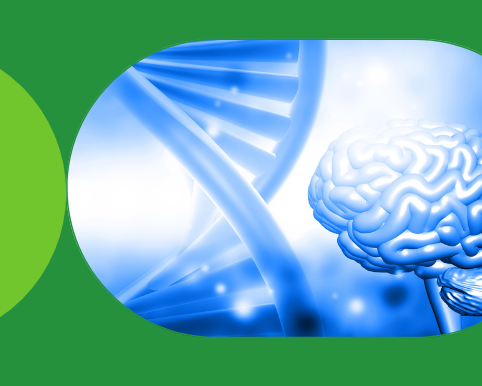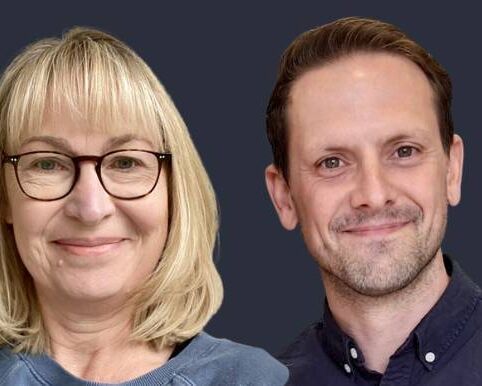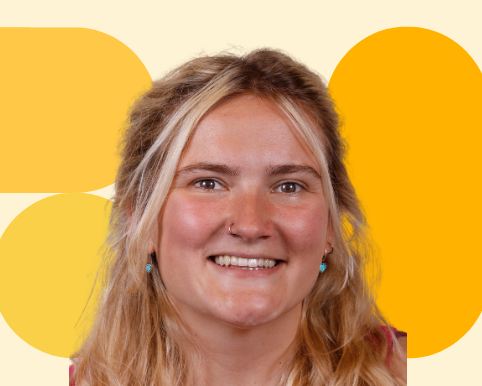Advocating globally for answers for an ultra-rare condition
By Alex Gaudlap onMy name is Alex Gaudlap. I am 28 years old, reside in New Jersey and am the mom of 6-year-old Raymond, ‘Ray of Sunshine’, who was misdiagnosed with cerebral palsy on his second birthday.
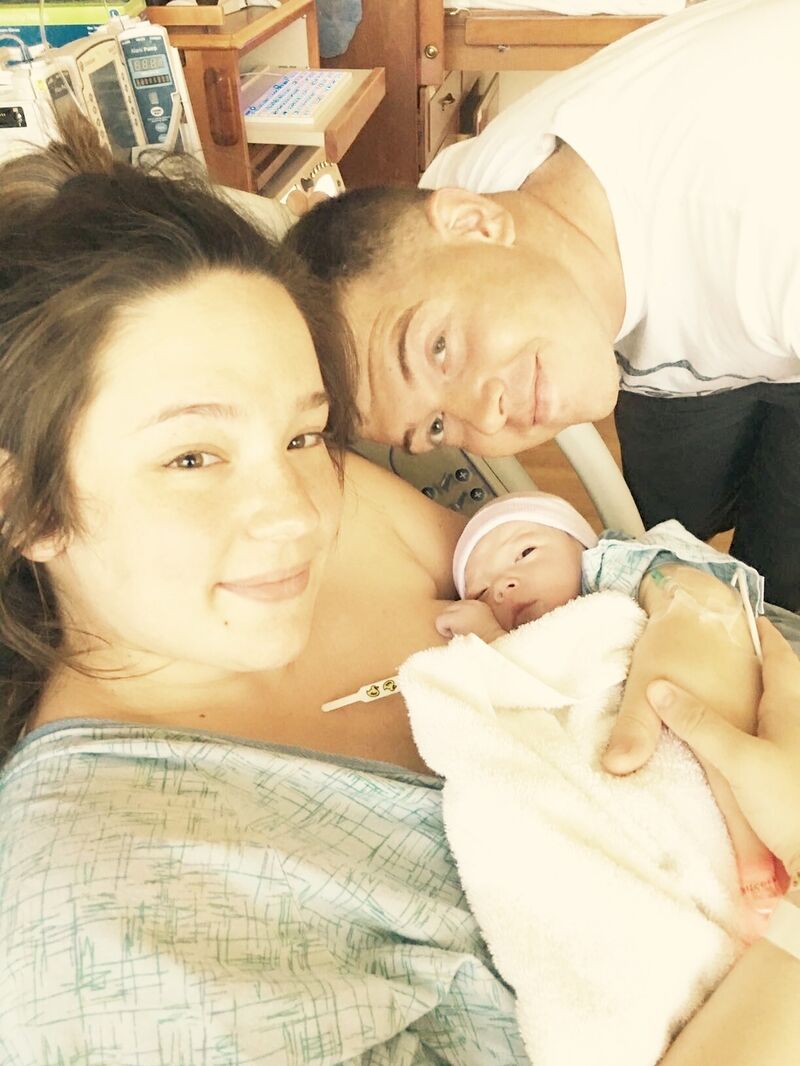
Newborn baby Raymond with his mum and dad
We had concerns about Raymond hitting development milestones. By the time Raymond was 14 months old, he was still unable to roll over, crawl, walk or talk. After several tests, screenings and medications, his doctors decided to try and find a diagnosis through exome sequencing. In 2017, the results came back – no genetic finding.
Soon after, he was misdiagnosed with cerebral palsy. As a mom, I felt that the cerebral palsy diagnosis was given because doctors did not know what else to tell us. You can find more on our back story here.
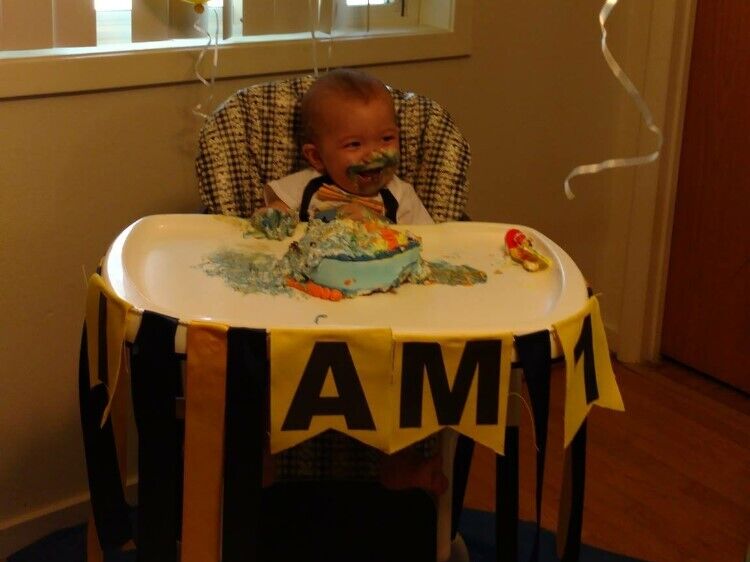
Raymond on his first birthday, smiley even after a year of doctor’s visits.
Searching for answers
In February 2020, Raymond was fortunate enough to be able to visit the National Institute of Health’s Undiagnosed Disease Program in Bethesda, Maryland, in the United States. There, he was evaluated by world-leading specialists. They told us that even though Raymond was making small amounts of progress daily, he was still developing quickly for someone with cerebral palsy.
They also recommended that we request a reanalysis of his original exome sequence. We were able to do this free of charge because it had been 2 years since our original panel. The chances were small, but it was possible – due to the progress made with genetic testing since 2017 – that we’d receive an official diagnosis.
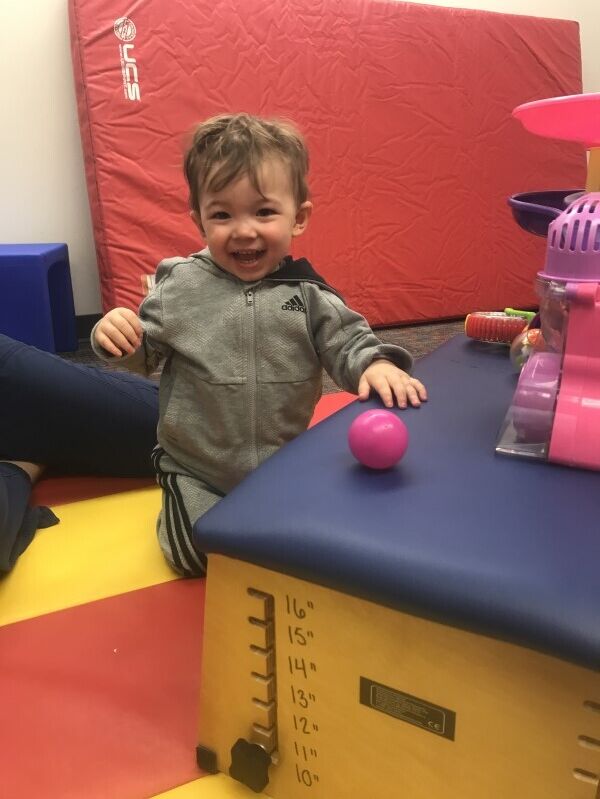
Raymond on the day he started outpatient physical therapy sessions.
Getting a diagnosis
In June 2020, I received a call that changed our lives. We received a diagnosis of a variant in the VAMP2 gene. Raymond’s variant was ‘de novo’, which means that it happened after conception, and therefore Raymond’s father and I do not carry it. At the time, he was one of 10 cases worldwide. Since 2020, there are 21 known cases worldwide.
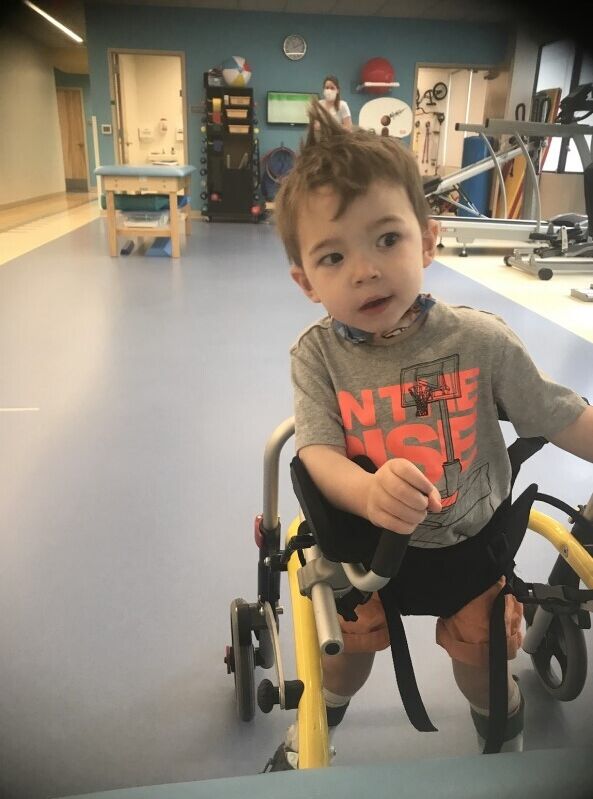
Raymond with a walker to help him walk on his own.
How the diagnosis changed our lives
Once we received the diagnosis, I was guided to a private Facebook group started by Heather, a mom in Ohio whose son, Jack, has the same rare condition.
The group allowed me to connect with other VAMP2 parents all around the world including Karen, a mom from the United Kingdom. Her son George was diagnosed through Genomics England’s 100,000 Genome Project.
Although there are 19 different variants (2 of the cases sharing the same variant) this Facebook group gives us all the ability to support each other through the ups and downs of having a family member with a VAMP2 diagnosis.
From the moment I joined the private Facebook group I knew that I wanted to find a way to make a difference in the lives of VAMP2 families and use my time to advocate for our children.
“To hear there is another child with Jack’s variant – I’m verklempt. I have so many questions and have been longing for a message like this. I am so impressed with how much work Alex has done and how much passion she has for this genetic mutation that affects all of our children... keep doing all the amazing things you’re doing for our children and those who are born in the future with the same genetic makeup.”
-Heather
Ohio, United States
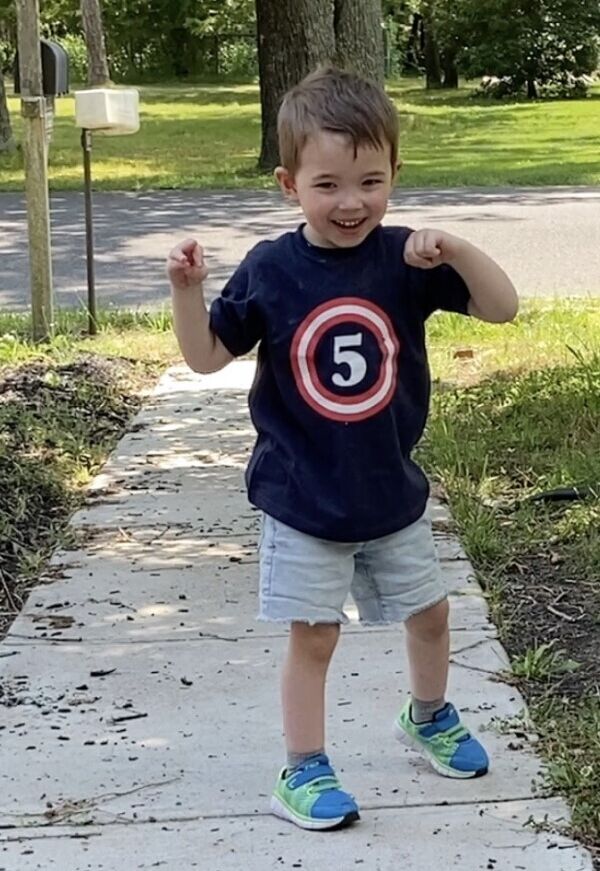
A year after getting his walker, Raymond walked on his own on his fifth birthday.
Hopeful advances in 2022
In the same year the website went live, I was fortunate enough to be able to become very close with an Australian mom, Cheralee, whose son Will was the sixth diagnosed case of VAMP2.
“To be able to connect with families around the world experiencing the same challenges as we are, is invaluable. We are able to give each other emotional support and share the ups and downs of life with VAMP2... The power of communication and sharing of information is the key to helping our children live their best possible lives.
To achieve the best results for VAMP2 patients, we need professionals from around the world working together collaboratively with families. This will give our children the best chance for a bright future”.
Cheralee
Sydney, Australia
Cheralee and I connected with Professor Wendy Gold, who is the head of the molecular neurobiology laboratory at Kids Research, based at The Children’s Hospital at Westmead in Sydney, Australia.
Currently, Professor Gold’s lab is working on a gene therapy cure for VAMP2. As of now, Raymond and the Will’s blood samples are the only ones in the lab. Although the research will continue regardless, it is crucial to get as many samples to the lab as possible due to the different genetic variants in VAMP2. Our goal for 2023 is to assist VAMP2 families and their doctors in getting blood samples to the lab.
“Gene therapies are an exciting area of biotechnology and clinical therapies right now. Our team in Sydney is focused on developing a gene therapy for individuals with variants in the VAMP2 gene where we are connecting with many research teams and clinicians world-wide to assist us in our quest.”
- Professor Wendy Gold
Associate Professor at the University of Sydney
School of Medical Sciences
Faculty of Medicine and Health
Neurobiologist at Kids Neuroscience Centre, Kids Research at The Children's Hospital at Westmead
In September 2022, I was contacted through my website by Professor Henry Houlden, professor of neurology at the UCL Queen Square Institute of Neurology and co-lead for the Genomics England research area that is in the early stages of research for VAMP2. I am working closely with him and his team to create a patient database to make the research most effective.
“What [Alex has] done has been really helpful. I would like to see that done for all the rare genes that we work on. It is helpful for families to meet and chat and compare the good and bad as a patient support group. Ideally, this would encourage further research and understanding of rare diseases.”
-Henry Houlden
Professor of Neurology
Department of Neuromuscular Disease
University Queen Square Institute of Neurology
To end 2022 on a great note, Raymond came off his daily seizure medication in October. And I stepped out of my comfort zone and emailed one of the authors of a VAMP2 article I’d read, Dr. Vincenzo Sal Pietro. Shortly after my email we were able to connect via Zoom.
“I am touched by your email and active efforts. There really isn’t much more about VAMP2 I can tell you. You are aware of everything that is going on. Let’s keep in touch as things progress. I am happy to help support you in what you are doing. The world needs more parents like you.”
Dr. Vincenzo Sal Pietro
Department of Molecular Neuroscience
University College of London Institute of Neurology
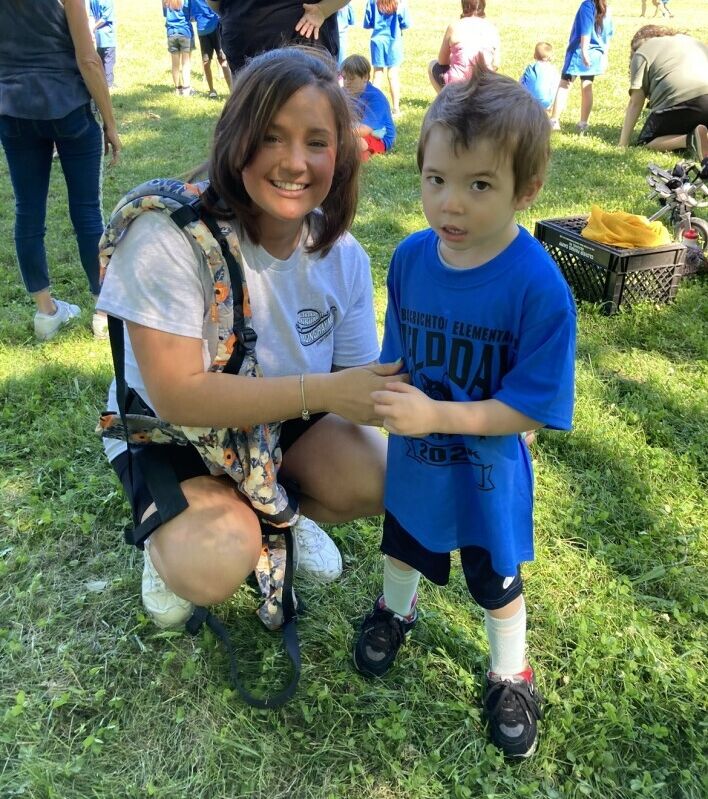
2022 Raymond participating in his first field day at school, pictured here with his mum, Alex.
Looking to the future
Though 2022 brought much more awareness for VAMP2, I am not content. I have high expectations and big goals for 2023. I am honoured to have been able to meet Professor Kirill Volynski in the first week of January to get more involved with the research being done through the University College of London.
“I am studying neurotransmitter release - a mechanism by which neurons communicate with each other in the brain. VAMP2 is a major player in this process. It was [Alex's] website that motivated me to start researching disorders caused by VAMP2 mutations... I could see how this could help us better understand what is happening with neuronal signaling when VAMP2 malfunctions.”
Kirill Volnyski
Professor of Neuroscience
Clinical & Experimental Epilepsy
University College of London Institute of Neurology
With VAMP2 being classified as an ultra-rare disease, worldwide knowledge is extremely important. There may be 21 diagnosed cases, but I know there are even more undiagnosed cases. We need to advocate, educate and spread awareness on genetic testing and encourage families to seek assistance when they feel stuck in a diagnosis.
Being able to share Raymond’s story internationally and connect and work alongside researchers has been an honour. What started as a crazy thought in my head has truly grown to be so much more. I am so grateful and will never be able to fully express how much it means to me to be working alongside these professionals.
I have a passion for making a difference and I will fight every day of my life to find a cure for VAMP2. I remain hopeful that there will be a cure not just for Raymond, but all the others affected. Even if it doesn’t happen in my lifetime, I hope to build something that my children can continue when I am no longer here. It must start somewhere if we want a change.
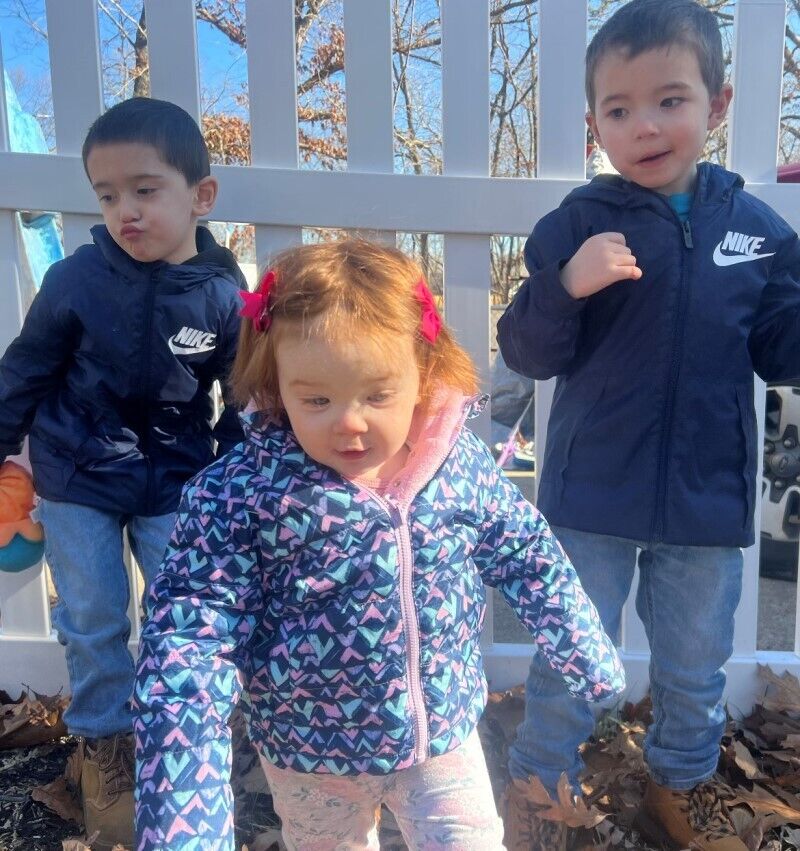
Raymond with his siblings, Ryan and Izzy.
Information about our involvement with VAMP2:
Dr Charles Steward, our Head of Patient and Participant Engagement, is on the scientific advisory board for VAMP2 and supported Alex with setting up the website.
